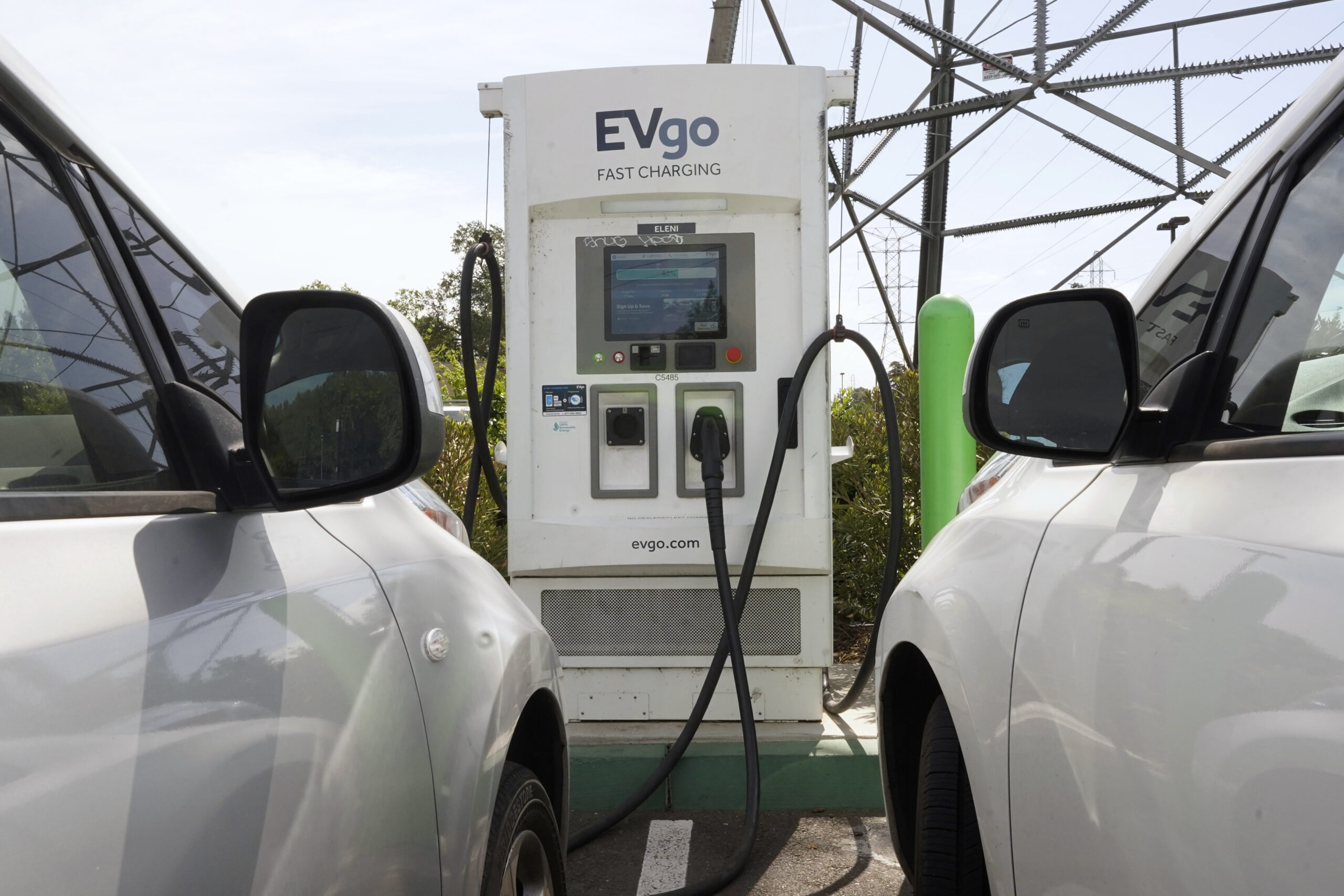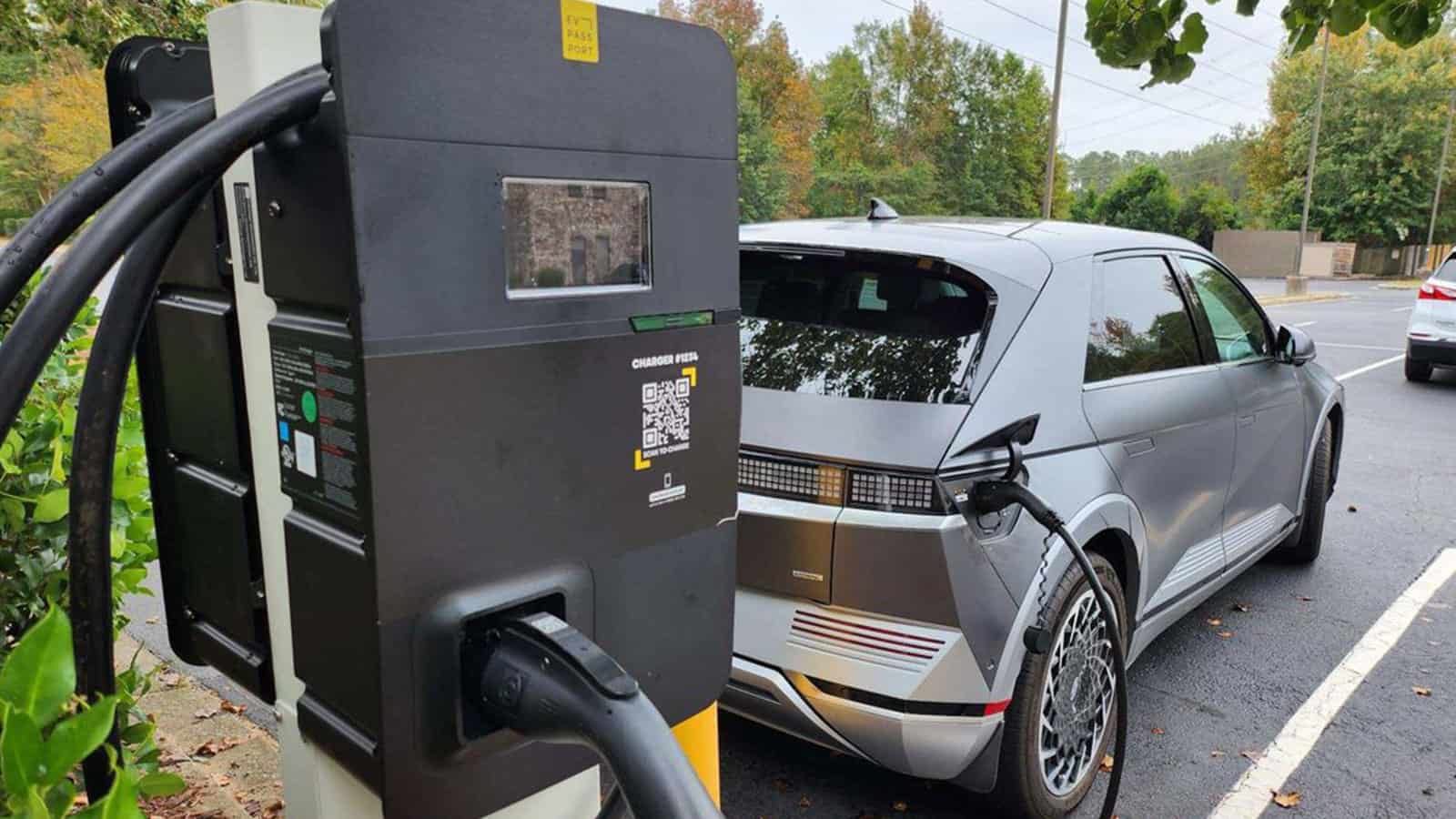The Most Reliable Sources to Buy EV Charging news and Stay Informed
The Most Reliable Sources to Buy EV Charging news and Stay Informed
Blog Article
Top EV Charging News: Key Updates on Facilities and Innovation

Recent Improvements in Fast-Charging Modern Technology

Moreover, innovations in battery innovation, consisting of improved thermal administration systems and greater energy thickness batteries, enhance fast-charging capacities. These developments alleviate the threat of battery degradation during fast charging, making certain longevity and efficiency for EV owners.
Furthermore, the combination of wise charging remedies is enhancing customer experience, enabling real-time surveillance and dynamic prices models. EV Charging news. This flexibility allows chauffeurs to enhance billing prices and times based upon grid need
As car manufacturers proceed to spend in fast-charging networks, the collaboration in between sector stakeholders is crucial. Partnerships between charging station companies and vehicle producers are leading the way for substantial insurance coverage, eventually fostering a much more durable EV community. These developments are critical in supporting the transition to lasting transportation.
Federal Government Campaigns for Billing Growth
Government initiatives play a crucial function in the growth of electric lorry (EV) billing facilities, assisting in the shift to sustainable transport. Different federal and state programs are being implemented to boost billing availability, decrease the financial burden on customers, and advertise the adoption of electrical automobiles.
Significantly, the U.S. federal government has assigned significant financing through the Framework Financial Investment and Jobs Act, which earmarks $7.5 billion for EV billing network development throughout the country. This financing is targeted at deploying hundreds of new charging terminals, specifically in underserved areas, thereby resolving variety anxiety amongst prospective EV buyers.
In addition, various states are establishing regulations to enhance the permitting procedure for charging station installations, which is vital for accelerating release. Incentives such as tax obligation credit scores and refunds for both consumers and services are also being introduced to urge the installation of charging framework.
Additionally, public-private collaborations are increasingly ending up being an emphasis, leveraging private financial investment to enhance government funding. These efforts underscore a collective strategy important for developing a comprehensive and efficient EV billing network, ultimately adding to a greener and even more lasting future.
Cutting-edge Battery Solutions Enhancing Efficiency
Transforming the landscape of electrical lorry (EV) technology, innovative battery services are substantially boosting performance and performance. Advancements in battery chemistry, especially with lithium-sulfur and solid-state batteries, are causing boosted power thickness, which enables longer arrays and faster charging times. These brand-new battery kinds have the prospective to outshine typical lithium-ion batteries by supplying greater abilities while reducing weight, thus improving overall vehicle performance.
Moreover, growths in battery monitoring systems (BMS) are enhancing power use and prolonging battery life expectancy. Intelligent formulas check battery wellness and efficiency, enabling real-time adjustments to billing and releasing processes. This not only boosts the performance of the battery however likewise guarantees a more reliable and lasting energy resource for EVs.
In addition, the assimilation of reusing technologies is addressing the ecological impact of battery manufacturing and disposal. Advancements in second-life applications for EV batteries are promoting their use in energy storage space systems, contributing to a round economic climate.
As these cutting-edge battery services continue to advance, they guarantee to change the EV market, making electric next page lorries much more attractive and accessible to a wider audience while sustaining global sustainability goals.

Cooperation In Between Automakers and Billing Networks
Identifying the essential demand for a durable billing framework, automakers are significantly teaming up with charging network suppliers to improve the EV ownership experience (EV Charging news). These partnerships aim to develop a smooth billing environment that profits customers and sustains the shift to electric vehicles
Significant vehicle brands are joining forces with well established charging networks to expand their billing station coverage, ensuring vehicle drivers have accessibility to hassle-free and trusted charging alternatives. As an example, partnerships with networks like ChargePoint and Electrify America allow car manufacturers to integrate billing remedies straight into their lorries' navigating systems, guiding customers to the nearby terminals and supplying real-time accessibility updates.
In addition, these partnerships often lead to the development of fast-charging innovations that significantly minimize the time needed to reenergize an EV. By pooling resources and experience, automakers and billing networks can introduce quicker, developing solutions that satisfy the expanding demand for electrical flexibility.
Additionally, joint efforts might also cause even more standard charging procedures, which can ease consumer confusion and promote more comprehensive anonymous EV fostering. In general, these calculated partnerships are pivotal in developing a user-friendly and effective billing framework that meets the requirements of an increasing electrical vehicle market.
Challenges Dealing With EV Billing Facilities
As the electrical lorry market proceeds to expand, numerous challenges are surfacing that hinder the development of an extensive charging facilities. Among the main barriers is the not enough variety of billing terminals, especially in country and underserved metropolitan areas. This space produces variety stress and anxiety among potential EV buyers, deterring them from making the button.
In addition, the absence of standardization in charging modern technology makes complex the infrastructure landscape. Variants in plug types and charging speeds can develop complication for users and boost operational intricacies for billing network drivers.
One more pressing concern is the high cost connected with the installation and upkeep of charging terminals, which can be a barrier for both public entities and exclusive companies. Regulatory obstacles and zoning constraints can delay the implementation of billing infrastructure, hampering progression in expanding important services. Resolving these challenges will be critical for fostering a robust EV environment that sustains the shift to lasting transportation.
Final Thought
To conclude, the recurring innovations in EV billing technology, supported by significant government initiatives and ingenious battery options, are critical for the development and performance of electrical lorry framework. Cooperations in between automakers and billing companies additionally improve station coverage, dealing with the growing demand for available charging options. Despite challenges that linger within the EV billing landscape, these advancements represent a positive trajectory towards a more reliable and sustainable electric lorry ecological community.
Technologies in billing infrastructure have led to the advancement of ultra-fast chargers qualified of providing up to 350 kW of power, considerably reducing billing times. Variations in plug types and billing speeds can create complication for individuals and enhance functional intricacies for charging network drivers.In final thought, the recurring improvements in EV billing innovation, supported by substantial government campaigns and ingenious battery solutions, are vital for the growth and performance of electrical car framework. Partnerships in between automakers and billing companies further improve terminal insurance coverage, dealing with the expanding demand for obtainable charging choices. Despite difficulties that linger within the EV charging landscape, these advancements important link represent a favorable trajectory towards a much more reliable and lasting electric automobile ecosystem.
Report this page